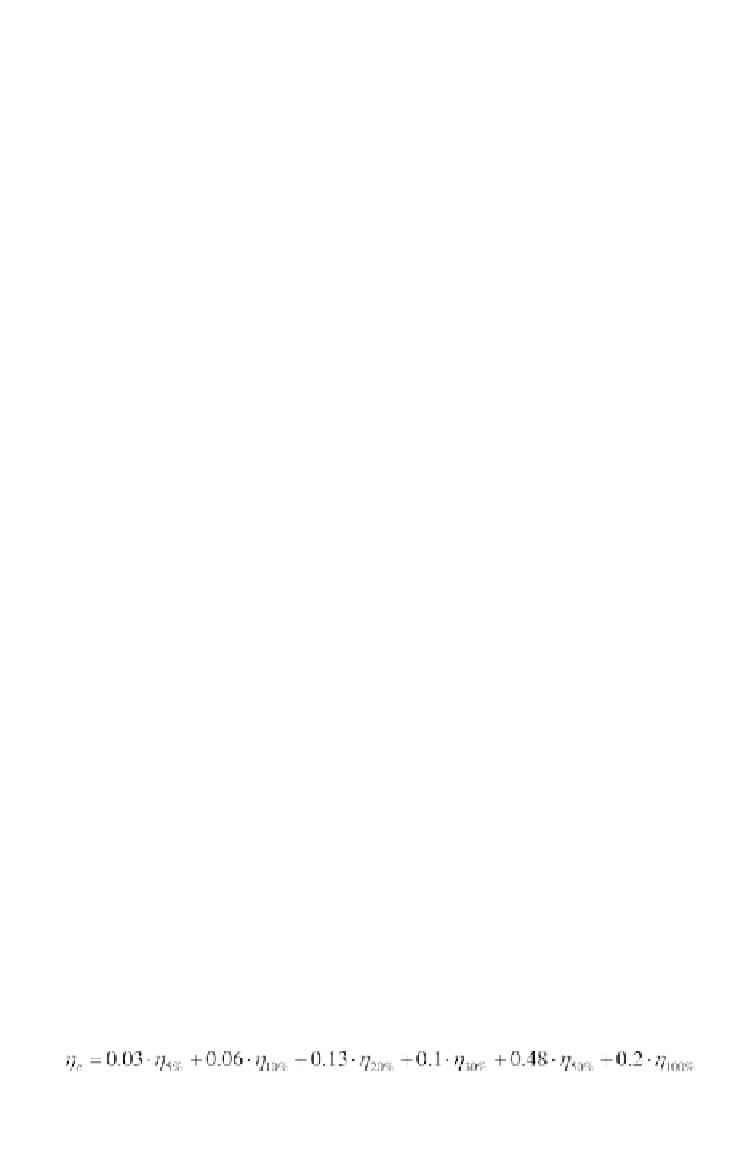Environmental Engineering Reference
In-Depth Information
Figure 4.57
Voltage using Pulse-width Modulation
Photovoltaic inverters
Photovoltaic inverters differ from inverters for other applications. This is
because they must operate the photovoltaic generator at the optimal operating
point to generate the maximum power. Grid-connected inverters are therefore
often combined with MPP trackers, i.e. DC-DC converters, to set a voltage at
the generator that differs from the grid voltage. A battery charge controller is
integrated into most stand-alone inverters.
Photovoltaic inverters operate at the rated power
P
N
for only very few
hours in any year. Due to the changing solar irradiance, the inverters
predominantly operate under part load. Therefore, it is very important that
photovoltaic inverters have high efficiencies even when operating under part-
load conditions. Furthermore, the inverter should never be oversized. For
instance, if a 1-kW inverter operates with a 500-W
p
photovoltaic generator,
the input power reaches at most 50 per cent of the rated power, and losses due
to permanent part-load operation may be very high. Furthermore, the self-
consumption of a photovoltaic inverter should be minimal and the inverter
should be switched off at night.
Figure 4.58 shows the
efficiency characteristics
over the range of relative
input powers for two commercial inverters. The inverter with the higher rated
power has a higher efficiency; however, both inverters show good part-load
behaviour even for input power below 10 per cent of the rated value.
A representative efficiency is used to compare different inverters, the so-
called
Euro efficiency
η
e
, which is given as:
(4.120)



